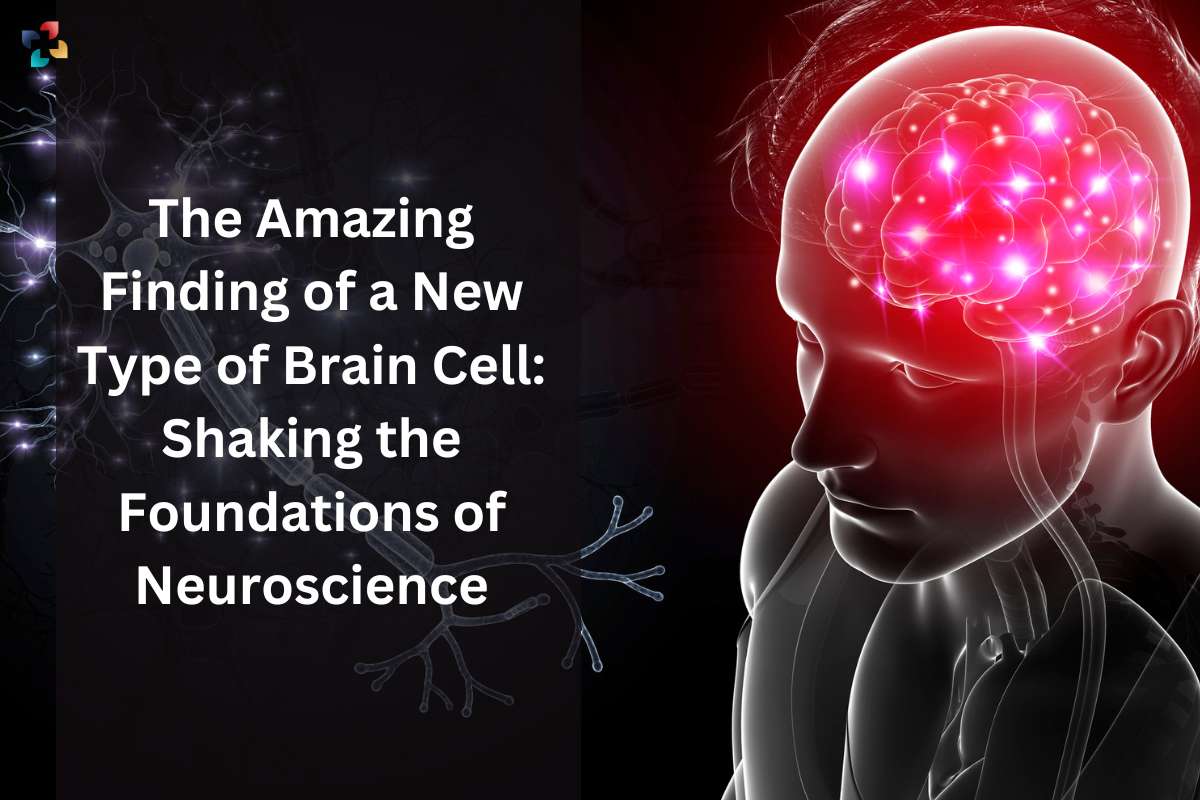The field of neuroscience is undergoing significant change. The two main cell families that make up the brain, neurons and glial cells, each concealed a hybrid brain cell that fell somewhere in the middle.
Since the beginning of neuroscience, it has been understood that the neurons and their capacity to quickly elaborate and transfer information through their networks are the primary mechanisms by which the brain functions. Glial cells carry out a variety of structural, metabolic, immunological, and stabilising physiological tasks to assist them in this mission.
The synapses—the areas of contact where neurotransmitters are released to transmit information between neurons—are tightly surrounded by some of these glial cells, also referred to as astrocytes. Because of this, astrocytes have been postulated by neuroscientists for a long time as potential players in information processing and synaptic transmission. However, there hasn’t yet been a clear scientific consensus because the studies that have been done to prove this have produced contradictory results.
Neuroscientists from the Wyss Centre for Bio and Neuroengineering in Geneva and the Department of Basic Neurosciences of the Faculty of Biology and Medicine of the University of Lausanne (UNIL) put an end to years of research by identifying a new brain cell type with the characteristics of an astrocyte and expressing the molecular machinery required for synaptic transmission.
The Solving of the Puzzle
Researchers examined the molecular makeup of astrocytes using cutting-edge molecular biology techniques in order to support or disprove the idea that astrocytes, like neurons, may release neurotransmitters. Finding remnants of the machinery required for the quick release of glutamate, the primary neurotransmitter used by neurons, was their aim.
“We were able to show that the transcripts of the vesicular protein VGLUT, which is responsible for filling neuronal vesicles specifically designed for glutamate release, are present in cells with astrocytic profiles thanks to the accuracy provided by single-cell transcriptomics techniques. These transcripts, which were discovered in mouse cells, are reportedly still present in human brain cells.
The ability of glutamatergic vesicles to operate and their ability to quickly communicate with other cells are both crucial, according to other specialised proteins that we found in these brain cells, says Ludovic Telley, co-director of the study and assistant professor at UNIL.
New Cells With Function
After that, researchers looked into whether these hybrid cells could actually release glutamate at a rate that was on par with synaptic transmission. The research team achieved this by using a cutting-edge imaging technology that allowed them to see the glutamate produced by vesicles in real mice and in brain tissues.
“We have identified a subgroup of astrocytes responding to selective stimulations with rapid glutamate release, which occurred in spatially delimited areas of these brain cells reminiscent of synapses,” says Andrea Volterra, co-director of the study and honorary professor at UNIL and visiting faculty at the Wyss Centre.
Additionally, this glutamate release controls neuronal circuits and has an impact on synaptic transmission. The scientists were able to prove this by preventing the hybrid cells from expressing VGLUT.
Roberta de Ceglia, primary author of the study and senior researcher at UNIL, explains that these brain cells “are cells that modulate neuronal activity, they control the level of communication and excitation of the neurons.”
And the study demonstrates that long-term potentiation, a brain process involved in the mechanics of memorising, is compromised in the absence of this functional machinery, having an effect on mice’s memory.
Relationships to Brain Pathologies
This discovery has ramifications for brain problems. The research team showed impacts on memory consolidation by particularly altering glutamatergic astrocytes, but they also noticed correlations with diseases like epilepsy, whose seizures were aggravated. Finally, the research demonstrates that glutamatergic astrocytes play a part in the regulation of brain circuits involved in movement control and may represent a new class of Parkinson’s disease therapeutic targets.
“Now that we have a new type of brain cell in our hands, it sits between neurons and astrocytes. Its finding offers a wealth of study opportunities. According to Andrea Volterra, “Our subsequent studies will examine the potential protective role of this type of cell against memory impairment in Alzheimer’s disease as well as its role in additional regions and pathologies not currently covered.”
Anurag Ranjak, Iaroslav Savtchouk, Ilaria Vitali, Roberta de Ceglia, Ada Ledonne, David Gregory Litvin, Barbara Lykke Lind, Erika Bindocci, Maria Amalia Di Castro, Mauro Congiu, Tara Canonica, William Wisden, Kenneth Harris, Manuel Mameli, Nicola Mercuri, Ludovic Telley, and Andrea Volterra. Published in Nature on September 6, 2023.











